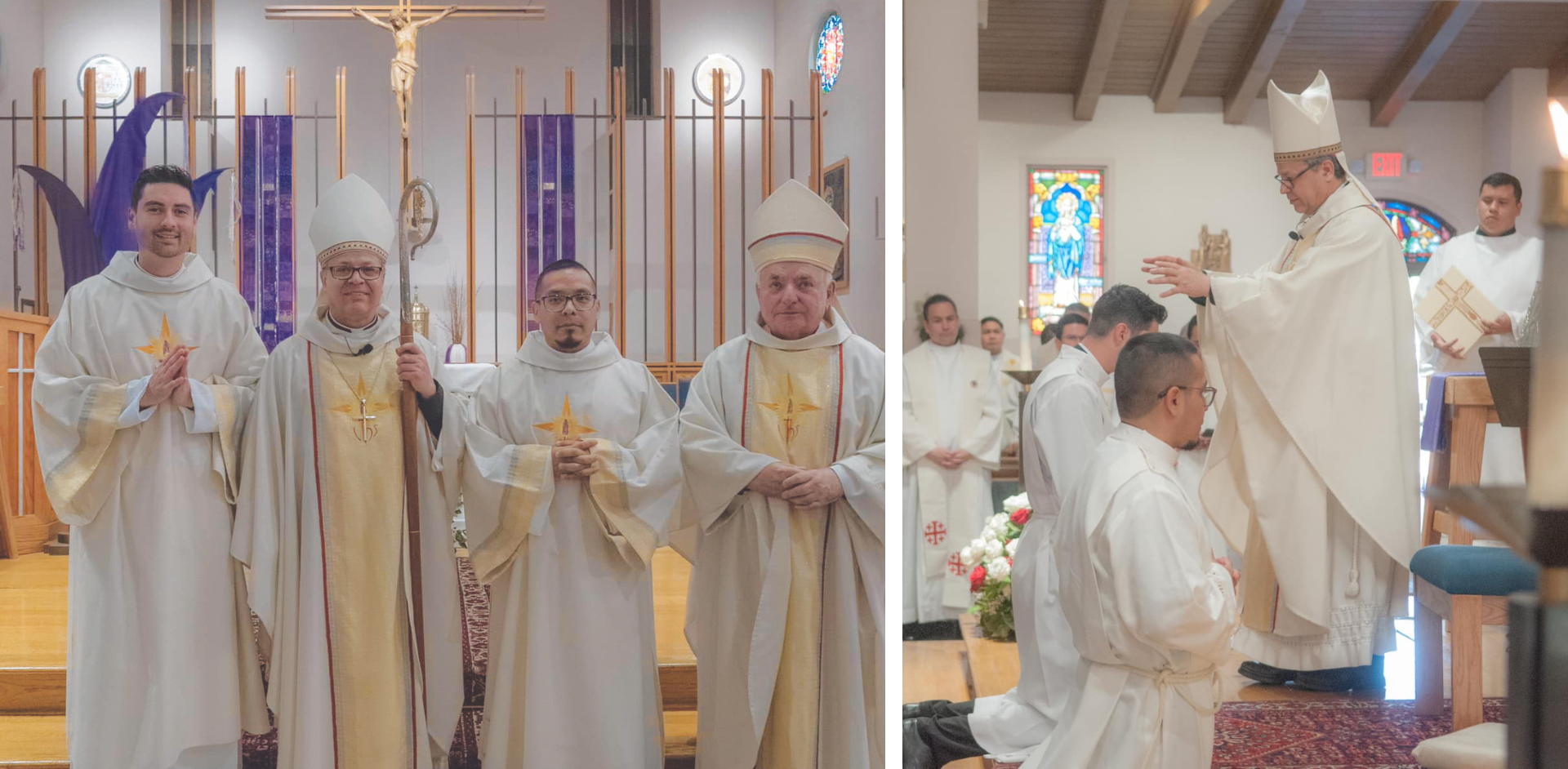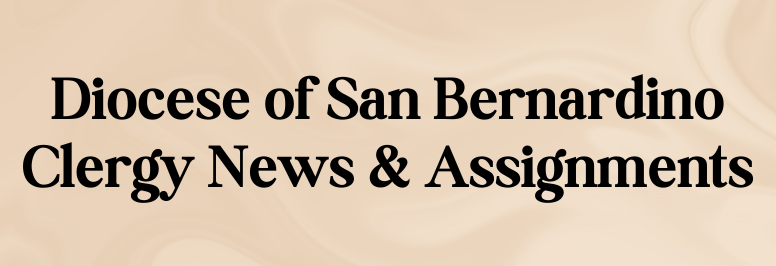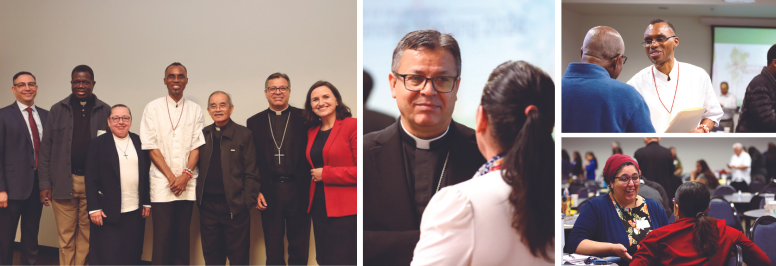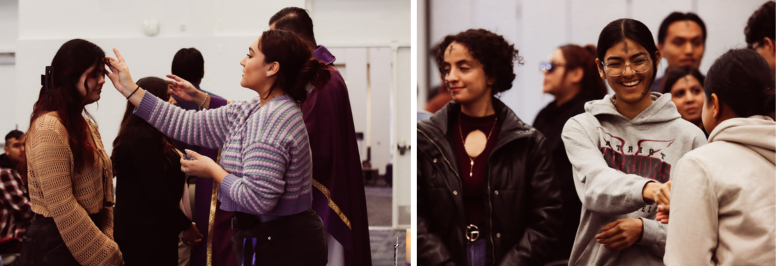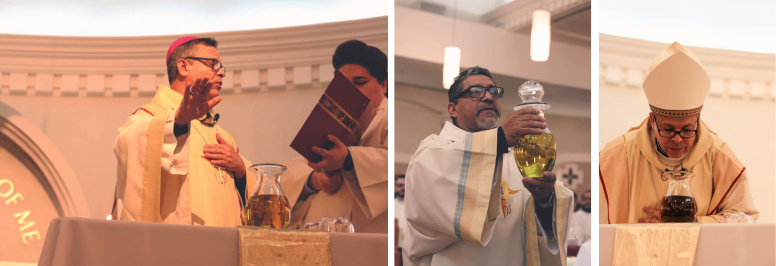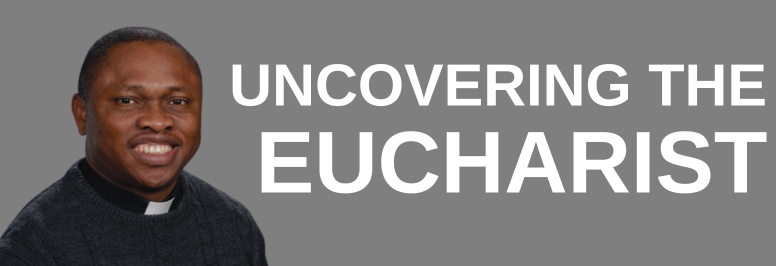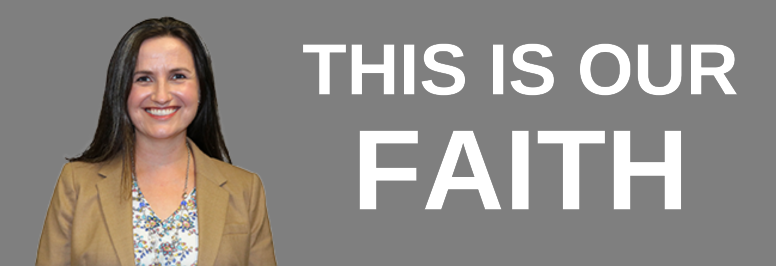She was not amused. She and her friend were, in fact, perturbed that we had listed the two feasts in our parish bulletin but did not have the answer at our fingertips.
In the palpable silence that followed, I quickly turned on my computer, searched the Internet for the good Franciscan folk at Americancatholic.org and in less than a minute was able to provide her with an answer that satisfied her unquenched thirst for knowledge.
And then, as she was about to hang up the phone, she confided -- a dash of mischief in her voice -- that she would be asking the priest on Sunday to see how much he knew…
I chuckled. As Catholics, there must be a humor gene embedded somewhere in our DNA that is just waiting to burst out.
Why else would my caller have shared her somewhat devious plan with me? She couldn’t help it any more than I could help initially reacting to her question with a flip answer.
I doubt seriously that anyone really knows how many celebrations and feast days are being celebrated worldwide in the church let alone their meaning. Many are regional and others are for a particular saint or event. Only a very few are truly international in flavor.
Christmas and Easter obviously get the most widespread attention which, in turn, has led to some awkward juxtapositions as certain signs and symbols take on a surreal life of their own. Jesus’s manger, for example, becomes Santa’s workshop.
Or that Christmas gets celebrated on December 25 in both the northern and southern hemispheres, regardless of season (its winter in Germany, when its summer in Australia) or weather conditions. And poor St. Nicholas, bishop of Smyrna, co-opted into the iconic Santa Claus replete with his winter weight red coat, now arrives at his destination either in a traditional sleigh pulled by reindeer or, perhaps, on a jet ski!
As human beings we have a tendency to adapt our customs and our mindset to fit the present need and then defend our decisions as if they were somehow dogma of the church when, in fact, we ought to have a good laugh at ourselves and ask, “What is this or that Feast Day really about?”
The common answer is “Joy!”
We are a church that celebrates. Martyrdoms. Birthdays. Baptisms. You name it.
We should be embracing God’s gift of life with gusto!
As a Deacon, I try and do my part to encourage this celebratory behavior by throwing Holy Water around whenever I get a chance! (i.e., Blessing cars, homes, religious items, throats and pets).
It becomes quite obvious in my parish that October is my favorite month of the year because it begins with the joy-filled tradition of celebrating the Feast Day of St. Francis of Assisi with the often chaotic Blessing of the Animals. For the last ten years we have gathered in front of the steps of the church and rejoiced with God in his creation, thanking Him for the wonderful companions He has bestowed upon us in this life and honoring the spirit of this humble saint of God.
Less well known, perhaps, by non-Catholics is the Feast Day of St. Blaise, Bishop and Martyr, and the ritual blessing of throats with crossed candles that accompanies this celebration. The uninitiated would certainly find this tradition comical.
Yet that is what we do…
With great joy and faith that God can and will heal those who trust in Him, we invite God into our lives and laughter.
The humble Francis understood God’s sense of humor -- the baby in the manger who fed the world from his throne of wood – and served Him with great joy.
We should not be afraid to do the same.
John De Gano is a deacon serving at St. Catherine of Alexandria Parish in Riverside.






